Dota2 Grand Final Qualifier Preview: Yakult Brothers vs Talon Esports — FISSURE PLAYGROUND 2 (Southeast Asia & China)
dota2 fans across Southeast Asia and China have a blockbuster on their hands: FISSURE PLAYGROUND 2: Southeast Asia and China reaches its grand final qualifier stage with a best-of-five showdown between Yakult Brothers and Talon Esports. Because both lineups mix star power with fresh chemistry, the series promises macro depth, drafting mind games, and explosive team-fight execution. Moreover, the winner secures bragging rights for two regions that routinely shape the global meta. Consequently, this article breaks down everything you need to know—form, players, strategies, and key maps—so you can watch smarter.
Table of Contents
ToggleFor a broader slate of long-form sports and entertainment features, visit TheBlogpost.net.
Event Snapshot
- Tournament: FISSURE PLAYGROUND 2 — Southeast Asia & China
- Series: Grand Final Qualifier (Bo5)
- Teams: Yakult Brothers (China) vs Talon Esports (Southeast Asia)
- Format: Best of Five; first to three map wins advances
- Patch Context: Balanced laning, high-impact power spikes, and tempo cores define the current meta
Note: Roster timelines, recent changes, and tournament history are maintained by the community at Liquipedia. If you need a quick factual refresher on team pages, see the trusted resource here: Liquipedia Dota 2.
Why This Series Matters
First, the match serves as an inter-regional stress test. China’s structured macro—often built around disciplined spacing and farm efficiency—meets Southeast Asia’s adaptive, high-tempo aggression. Second, both organizations redesigned their cores in recent months, therefore their trajectories are still climbing. Third, with a best of five, draft depth and stamina matter more than raw explosive play. Consequently, we are likely to see multiple strategic pivots across the series.
Confirmed Rosters
Yakult Brothers (China)
- flyfly — Position 1 (Carry)
- Emo — Position 2 (Mid)
- zeal — Position 3 (Offlane)
- BoBoKa — Position 4 (Roaming Support)
- poloson — Position 5 (Hard Support)
Because Yakult Brothers blend veteran mechanics with opportunistic playmaking, their identity hinges on mid-game spikes and confident smoke timings. Moreover, the flyfly–Emo core duo brings late-game insurance, while BoBoKa’s rotations frequently convert small openings into towers, runes, or Roshan vision.
Talon Esports (Southeast Asia)
- 23savage — Position 1 (Carry)
- Mikoto — Position 2 (Mid)
- Ws — Position 3 (Offlane)
- Q — Position 4 (Support)
- Oli — Position 5 (Captain/Hard Support)
Talon Esports traditionally thrive on crisp laning and explosive mid-game skirmishes. In addition, their shot-calling around objectives—especially when Mikoto hits key item timings—often forces opponents to fight on Talon’s terms. Consequently, Talon usually looks most dangerous when the map is chaotic and ward lines are pushed deep.

Drafting Dynamics: Who Wins the Phase?
In a Bo5, draft is a chess match. Therefore, each side will attempt to shield comfort picks while probing the opponent’s hero pool for soft counters. Because both mid players—Emo and Mikoto—can swing matchups with a single draft pivot, the phase-one bans may revolve around their signature tempo heroes.
Yakult Brothers Draft Tendencies
- Flexibility: zeal’s offlane hero pool allows diverse openings (aura builders, initiators, or lane bullies).
- Roam Priority: BoBoKa frequently secures early river control; thus, Yakult can pivot to power rune fights.
- Scaling Insurance: flyfly is comfortable on late-game carries, thereby enabling four-protect-one transitions.
Talon Esports Draft Tendencies
- Tempo Mid: Mikoto’s tempo mids (or high-mobility spirits) create skirmish timings around 12–18 minutes.
- Objective Flow: Oli and Q structure lanes for early tower trades, therefore relieving pressure on 23savage’s lane.
- Team-Fight Layers: Talon frequently drafts multiple forms of catch, consequently punishing greedy map movements.
Prediction for the Phase: Slight edge to the team that disguises lane matchups longer. If Yakult hide their offlane setup and counter-pick mid on last phase, they gain initiative. Conversely, if Talon secures Mikoto a favorable lane and first Roshan timing, they can snowball.
Meta Considerations on the Current Patch
Because the patch rewards efficient rotations and rune control, mid laners who secure bottle timings and protect power runes will dramatically influence the early map. Moreover, offlaners with reliable initiation—blinking frontliners or ranged disablers—convert vision into guaranteed pickoffs. Meanwhile, supports that accelerate wards and smoke timings remain invaluable.
Priority Hero Archetypes
- Mid Mobility: Highly mobile mids that contest runes, burst supports, and shift tempo quickly.
- Offlane Initiation: Jump heroes or ranged catch that force BKBs and start fights on vision.
- Scaling Carries: Durable carries with BKB timings aligned to the second Roshan window.
- Vision Supports: Hard supports that both de-ward safely and protect triangle setups.
Therefore, we expect both teams to align drafts around Rune → Tower → Roshan sequencing. Furthermore, the team that links smokes to power spikes (for instance, mid’s second item + offlane blink) will likely control map tempo.
Lane-by-Lane Preview
Safe Lane: flyfly vs Ws (with supports)
Although carry vs offlane often stabilizes by minute 8, the first two creep waves matter. If Yakult stabilize pull camps while keeping the wave near their tower, flyfly can scale quickly. However, if Ws forces early regen buys and draws supports off the map, Talon’s mid can exploit the space.
Mid Lane: Emo vs Mikoto
Because both players are willing to rotate early, mid will be about rune control and TP parity. Consequently, whoever secures Power Rune #2 usually influences the first skirmish near top/bottom river. Additionally, warding around high-ground ramps becomes a mini-game.
Off Lane: zeal vs 23savage
Here, equilibrium and pull denials are crucial. If zeal can force early defensive TPs and burn regen, he opens the map for BoBoKa’s rotations. Conversely, if 23savage free-farms and hits his first item on schedule, Talon’s tri-core will outpace.
How to Watch the Bo5 Like an Analyst
Even if you are a casual viewer, you can follow these simple checkpoints to read the series more deeply:
- Minute 0–4: Watch the first two waves and support body-blocking. Consequently, you’ll see lane intent.
- Minute 6–8: Track power runes and mid rotations. Therefore, anticipate which lane will be pressured first.
- Minute 12–16: First big items. As a result, smoke timings appear; look for triangle invasions.
- Minute 18–22: Roshan #1 window. Because Aegis unlocks tower trades, watch ward lines redrawn.
- Minute 25+: BKB and save items stabilize fights; thus, positioning and vision decide engagements.
Series Storylines & Key Questions
1) Can Yakult Brothers Translate Picks Into Objectives?
Yakult often win lanes convincingly; however, they must convert early lead into towers and Roshan. Consequently, BoBoKa and poloson’s smoke discipline will be under the microscope. If they sync smokes with Emo’s second item and zeal’s blink, Yakult’s macro will flourish.
2) Will Talon’s Tempo Suffocate Mid-Game Map?
When Mikoto hits a tempo spike, Talon press the issue—stacking pickoff tools and farming efficiently behind vision. Nevertheless, they must not over-extend into buybacks or trapped high-grounds. Therefore, Oli’s cooldown tracking and Q’s de-warding will decide whether the snowball sticks.
3) Draft Endurance Across a Bo5
Because the series can go long, both coaches must preserve surprise picks for Games 4–5. Additionally, adapting to opponent bans mid-series—while masking a late-game win condition—often separates champions from finalists.

Pros & Cons: Snapshot Before the Draft
Yakult Brothers
- Pros: Veteran cores, strong lane mechanics, and flexible offlane hero pool.
- Cons: Occasionally slow Roshan setups; vision tradeoffs can stall their mid-game.
Talon Esports
- Pros: Explosive tempo from mid; excellent objective conversion when ahead.
- Cons: When behind, their skirmish-heavy drafts may struggle to defend high-ground without pickoff threat.
How Each Team Wins the Series
Yakult Brothers’ Win Conditions
- Secure Rune Control: Emo needs consistent bottle refills and support cover on river wards.
- First Roshan on Schedule: With Aegis, four-protect-one setups allow flyfly to farm aggressively.
- Protect Triangles: Because triangle stacks accelerate carry timings, keep sentries deep and punish invades.
Talon Esports’ Win Conditions
- Force Early Skirmishes: Talon shine when fights happen on their vision lines; therefore, keep smokes layered.
- Sync Item Timings: When Mikoto and Ws align displacement/lockdown with 23savage’s BKB, Talon can take tier-twos safely.
- Deny Roshan Vision: With traps and wards cleared, Talon can bait contested objectives on their terms.
Map-by-Map Expectations (Bo5)
Because the series stretches across five potential games, momentum will swing. Therefore, the team that loses Game 1 must immediately adjust bands of draft (bans 2–3) and rebuild confidence around lane swaps or last-pick counters.
Game 1: Feeling Out Phase
We usually see comfort openers: stable offlane + safe mid, minimal cheese. Consequently, execution—not surprise—decides the opener.
Game 2: First Major Pivot
Expect the losing side to introduce a pocket strat: trilanes, lane swaps, or unbanned comfort pick. Therefore, the series tactical layer deepens.
Game 3: Stamina Check
At 1–1 or 2–0, mental resilience matters. Because energy dips happen here, shot-calling must stay crisp. Moreover, supports should ration smokes.
Game 4–5: High-Pressure Drafts
Finally, surprise last picks and 10th pick counters often decide the series. Thus, saving flex heroes pays off—particularly for mid or offlane.
Micro-Tactics That Swing Fights
- Dispel Windows: Track when dispels or BKBs come online; consequently, chain-stuns must shift targets.
- Ward Mirroring: After winning a fight, mirror wards to the opponent’s jungle to lock them in—and, conversely, expect de-ward traps.
- Buyback Discipline: Because buybacks can instantly flip Roshan fights, captains must call disengage fast.
Common Viewer Questions (FAQ)
Is this truly an inter-regional clash?
Yes. The event fuses Southeast Asia’s fast-paced skirmish style with China’s structured macro. Therefore, drafts and fights highlight regional identities.
Why is a best-of-five significant?
Because five maps test depth and stamina. Moreover, teams must adapt bans/picks mid-series, manage tilt, and conserve pocket strategies for later games.
Which players could decide the series?
Emo vs Mikoto in mid often sets tempo, while flyfly and 23savage control late-game scaling. Additionally, supports—BoBoKa, poloson, Q, and Oli—dictate vision and skirmish success.
How does Roshan timing influence outcomes?
Because Aegis enables high-ground pressure and triangle invades, the team that converts Roshan into tier-two towers typically controls the map for 5–7 minutes.
What should I watch between games?
Draft pivots: does a team shift priority to offlane initiators, or do they reserve last pick for mid counters? Additionally, does warding adapt to smoke paths?
How-To: Read Drafts Like a Pro (Quick Guide)
- Identify Opening Synergy: Do the first two picks cover stun + damage + lane stability?
- Track Flex Picks: Consequently, note heroes that can swap roles to dodge counters.
- Check Save Mechanics: Without dispels or saves, team-fight risk rises exponentially.
- Align Win Condition: Finally, ask: “How does this draft actually end the game?” (Roshan, split push, or deathball?)
Data Points to Track During the Series
- Warding Heatmaps: Are supports contesting enemy triangles or just defending their own?
- Camp Efficiency: Do carries stack and clear ancients on cooldown or get repeatedly displaced?
- Save Item Timing: When are Greaves, Lotus, or Force Staffs online relative to enemy jump?
- BKB Charges: Who baits charges early and, therefore, wins the second round of spells?
Momentum, Mentality, and Timeouts
Because Bo5s are marathons, timeouts matter. After a lost fight, great teams breathe, re-ward, and reset win conditions—rather than rush high ground. Furthermore, coaches who calm comms between maps often rescue series that slip to 1–2. In short, mentality under pressure decides map five as much as draft.
Editor’s Edge: Predicted Series Shape
Although predicting exact scores is risky, this matchup leans toward long games with deliberate objective trades. Therefore, we expect at least one 45-minute thriller in which triangle control and buyback economy decide everything. Ultimately, if Yakult consolidate early leads into Roshan control, they edge macro; however, if Talon accelerate skirmish tempo around mid items, they can close maps decisively.
Conclusion: A Five-Map Lesson in Inter-Regional dota2
To summarize, Yakult Brothers vs Talon Esports in the FISSURE PLAYGROUND 2 grand final qualifier showcases everything we love about dota2: layered drafts, evolving win conditions, and relentless map battles. Moreover, because this is a Bo5, both sides must reveal multiple faces—lane bullies, team-fight tacticians, and late-game closers. Consequently, regardless of the final scoreline, the series will deliver a tactical masterclass that rewards careful viewing.
Before the first horn sounds, grab your snacks, open your draft notes, and watch the river at minute six. Then, as smokes pop and Roshan roars, enjoy one of the most instructive inter-regional fights of the season.

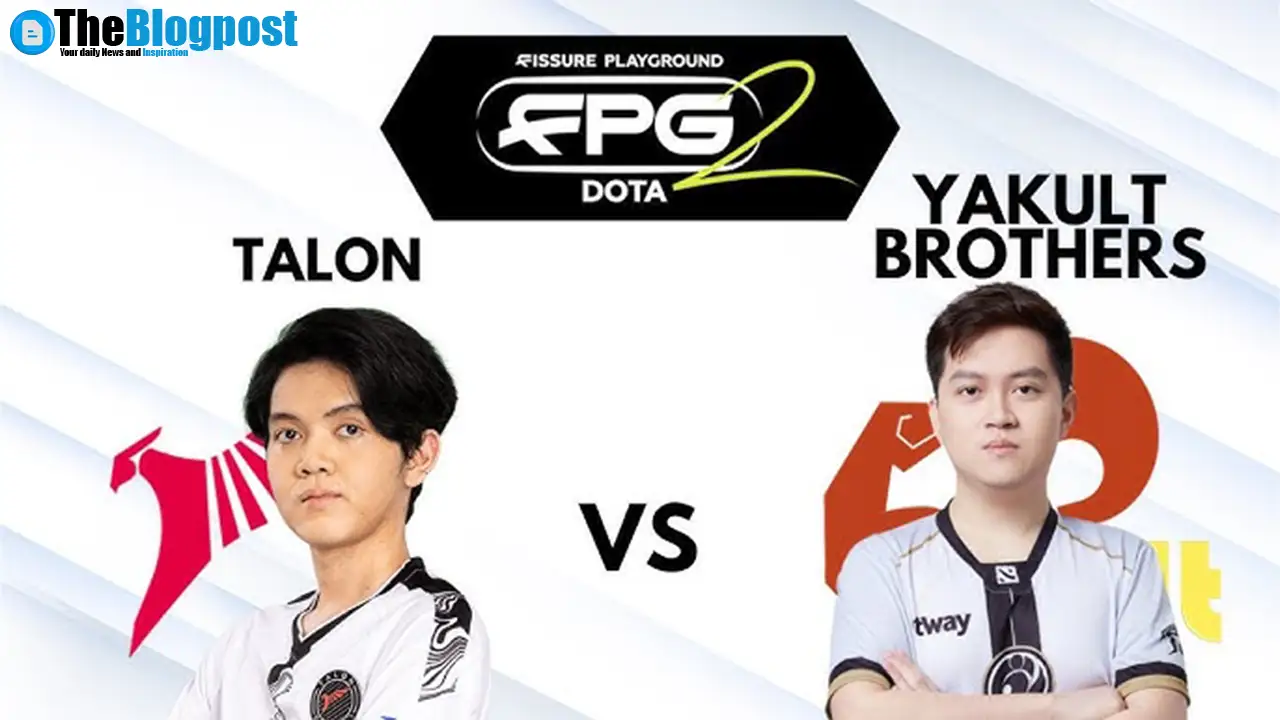
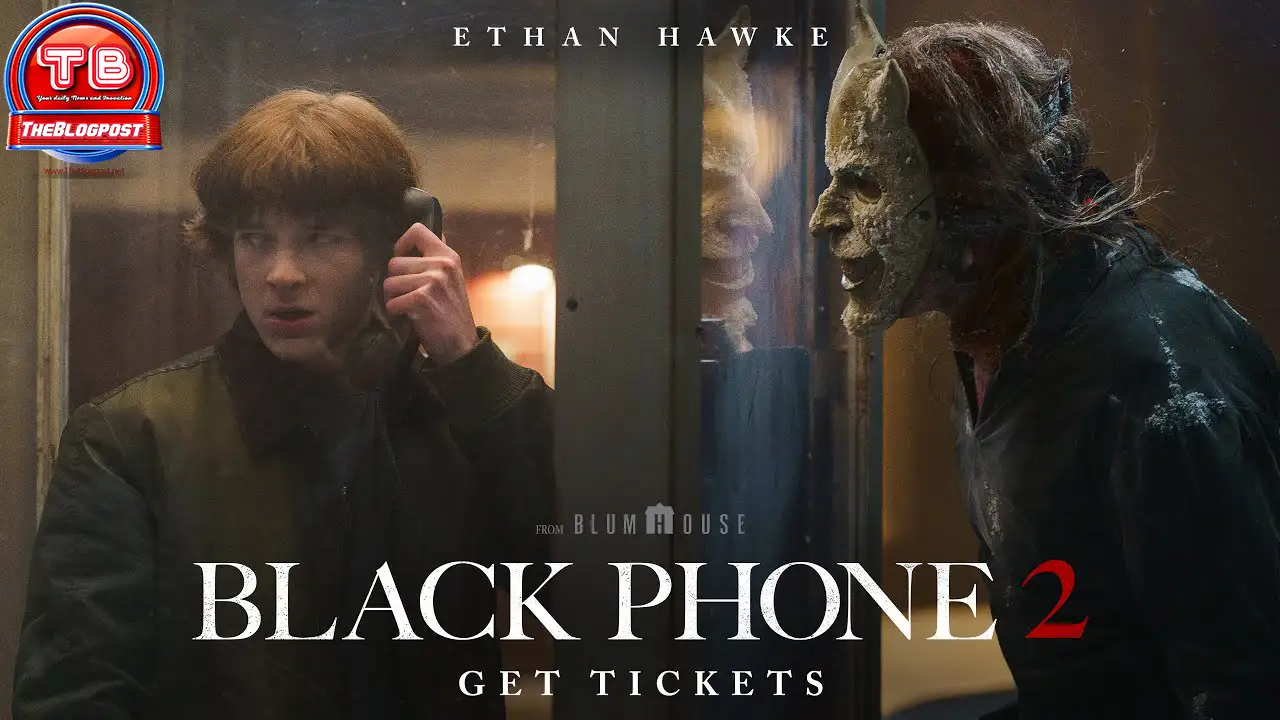
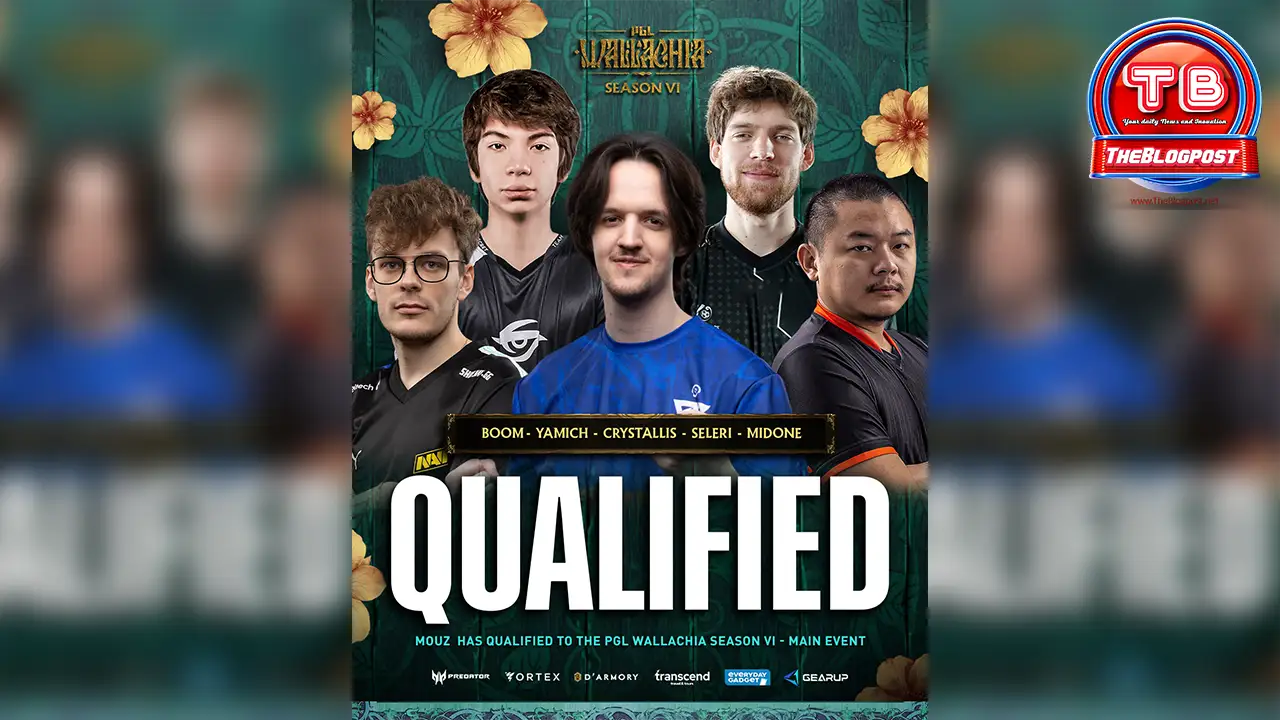
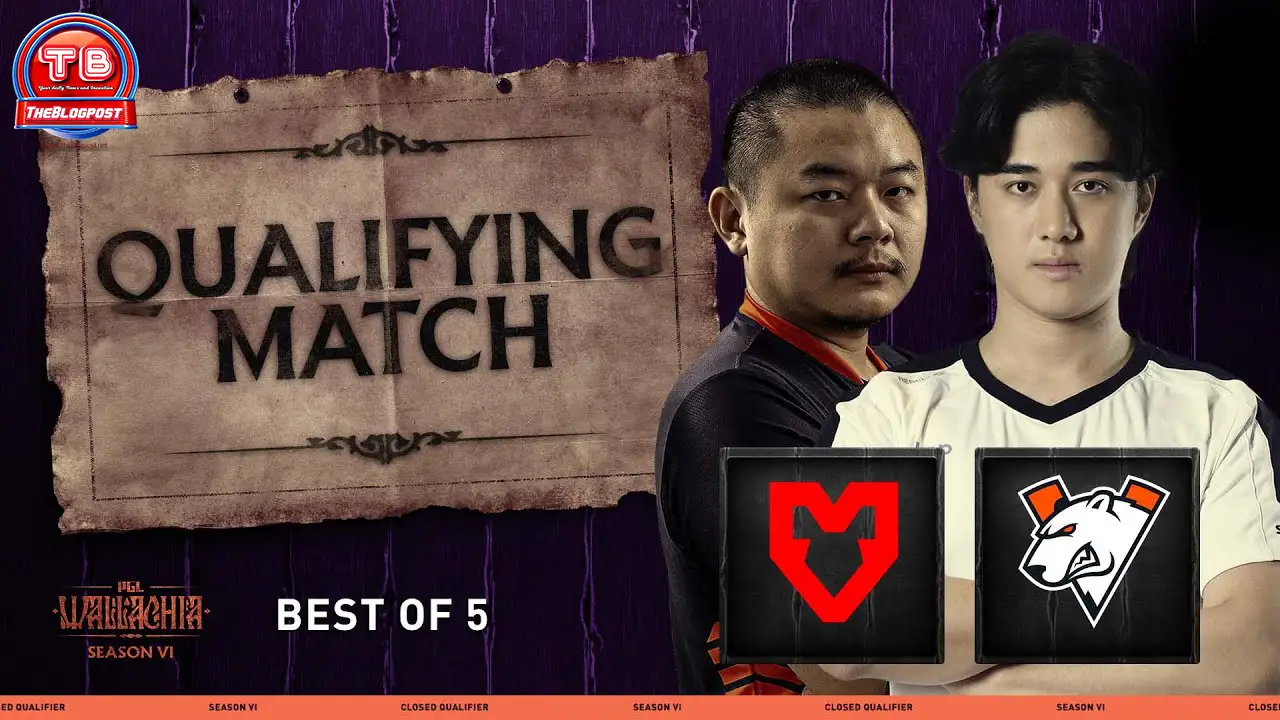
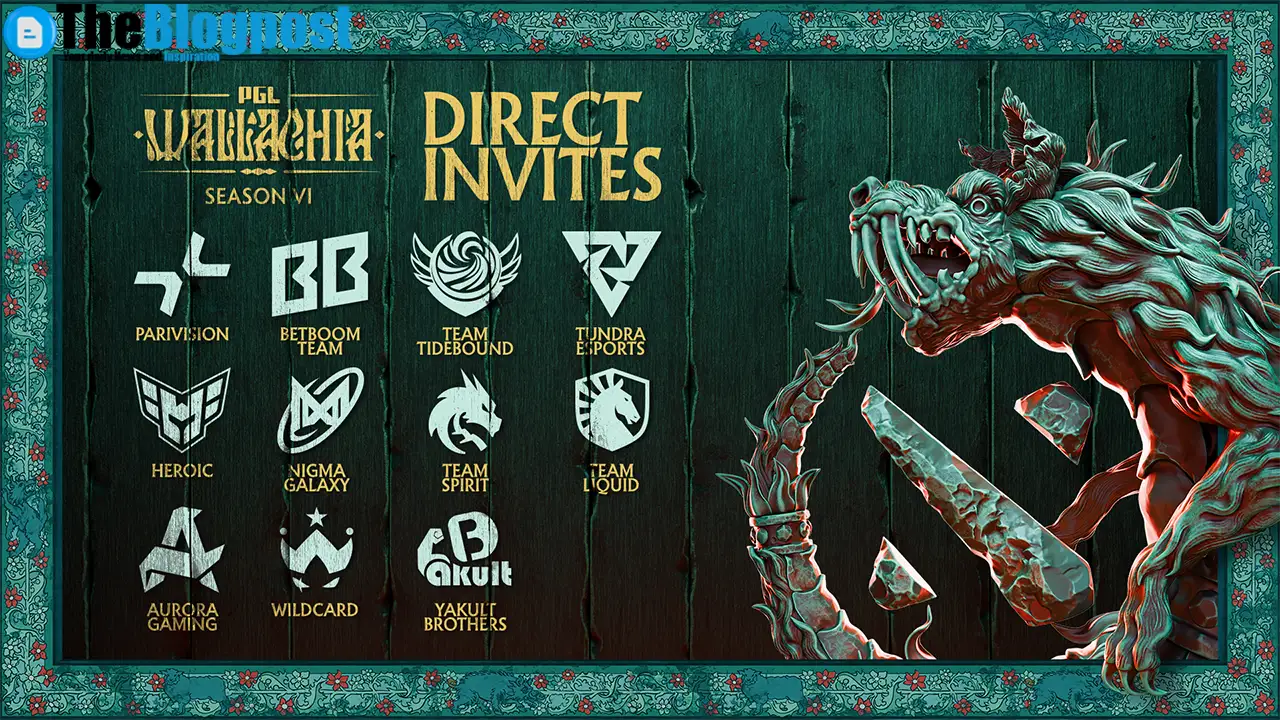
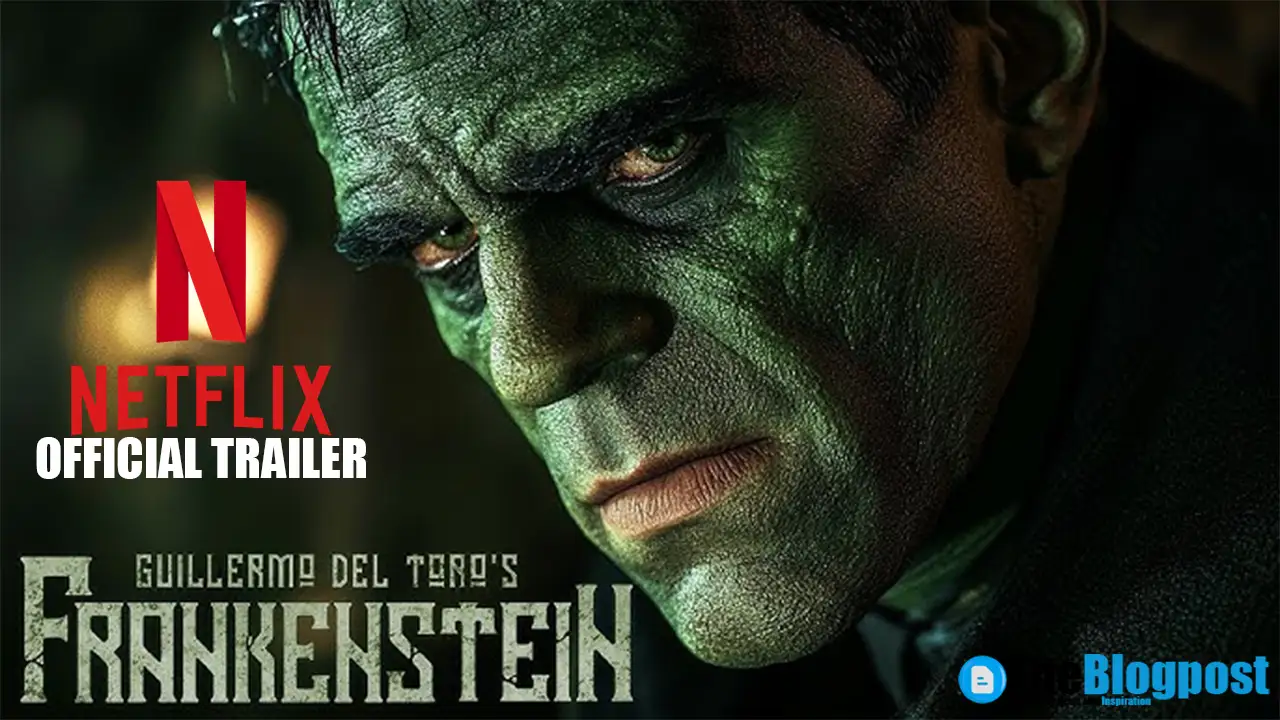




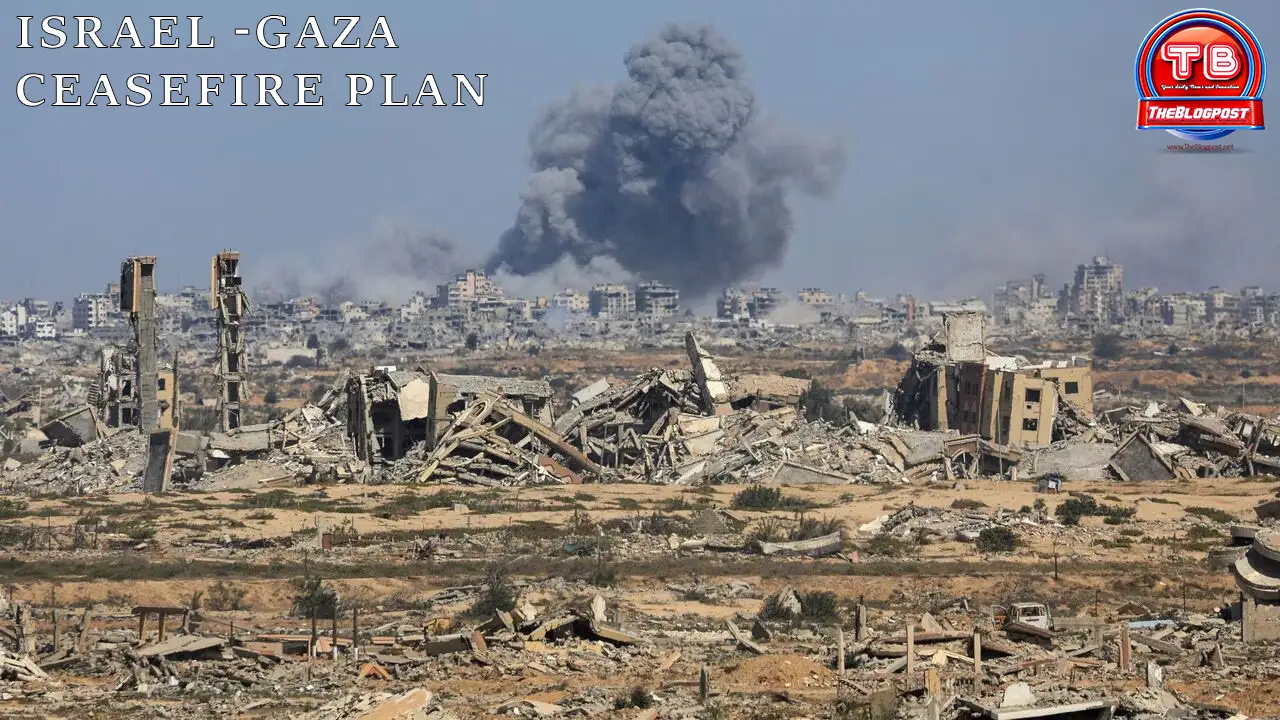



Yakult FanBoy
Yakult ez win